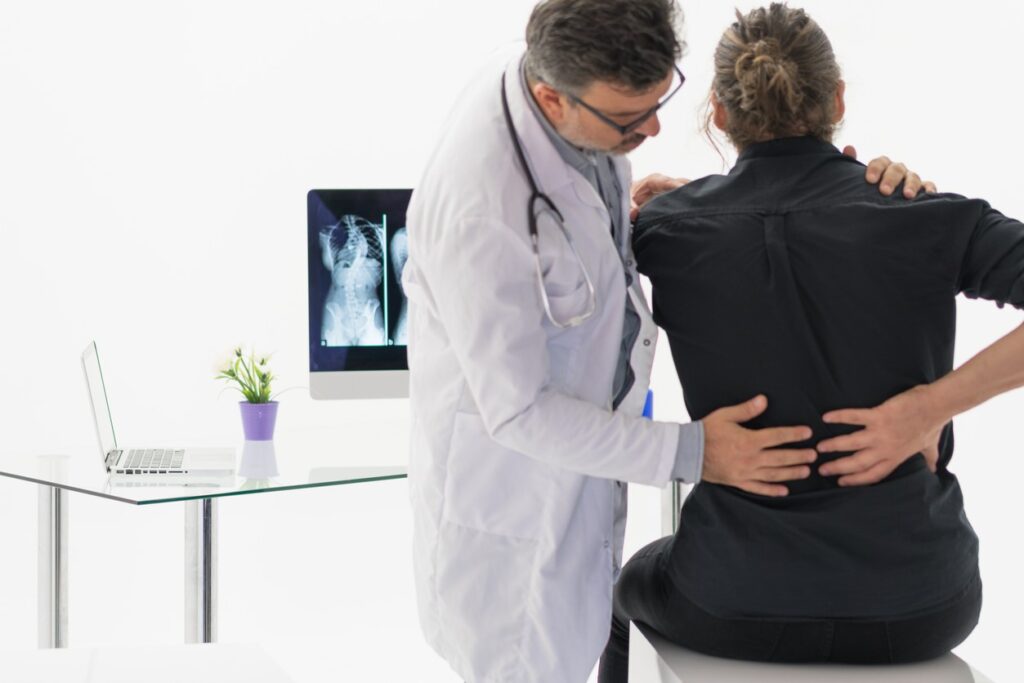The most typical backache is low back pain. At some point in their life, more than eight out of ten people will have upper, mid, or low back discomfort. Without treatment, most back pain cases improve within a few weeks. Back pain is frequently relieved by over-the-counter painkillers as well as by applying ice or heat to the affected area.
The first step toward finding relief from back pain is understanding when to visit a doctor. Many people can operate normally despite having mild backaches and can get comfort from at-home care. However, it’s crucial to be aware of the warning signs and symptoms of a more severe back issue that needs to be diagnosed and treated by a doctor.
When to see a doctor
If you have any of these red flags along with back pain, see your doctor as soon as possible:

- Constant or intense pain, especially at night or when you lie down
- Pain spreads down one or both legs, especially if the pain extends below your knee
- Pain causes weakness, numbness, or tingling in one or both legs
- Back pain occurs with unintended weight loss
- Back pain occurs with swelling or redness on your back
- Back pain occurs with fever
- Medical history of cancer, osteoporosis, chronic steroid use, or suppressed immune system
Seek emergency medical care
Dial 911 for emergency medical assistance or arrange for transportation to the hospital emergency room if your back pain occurs:

- Occurs following a severe auto accident, serious fall, or sports injury.
- Creates new issues with bladder or bowel control

Comments are closed.